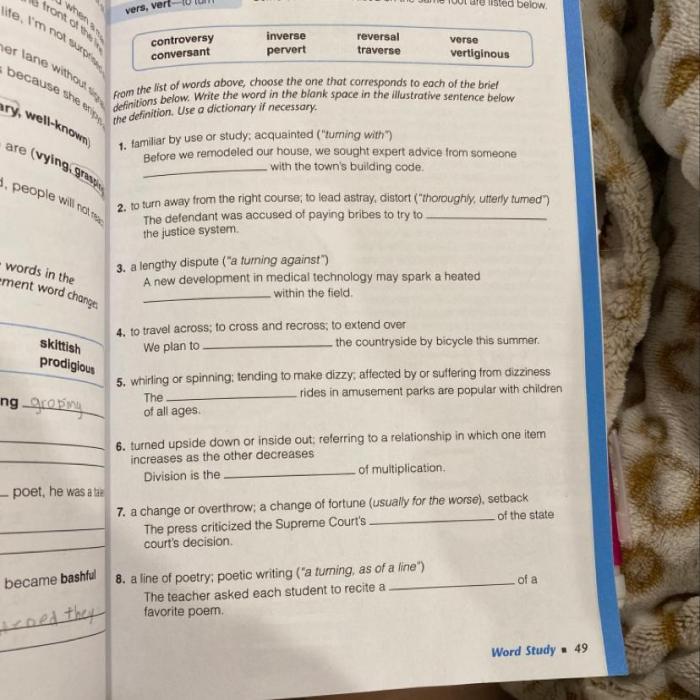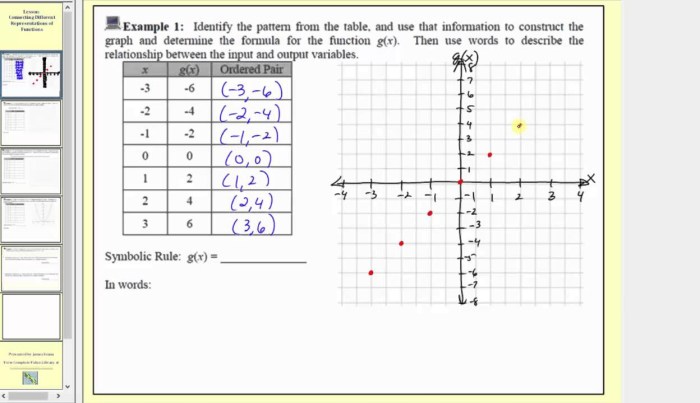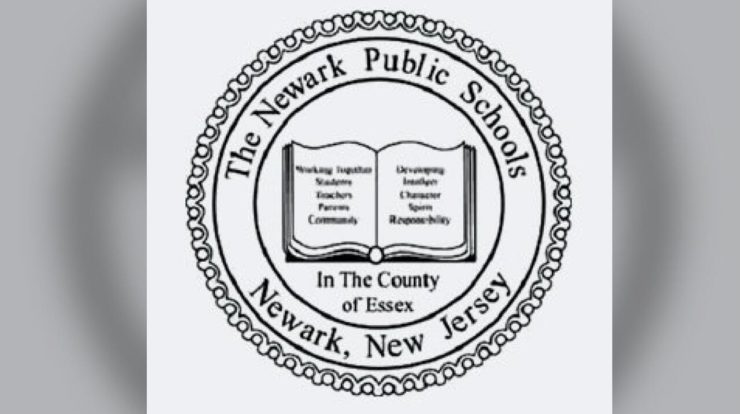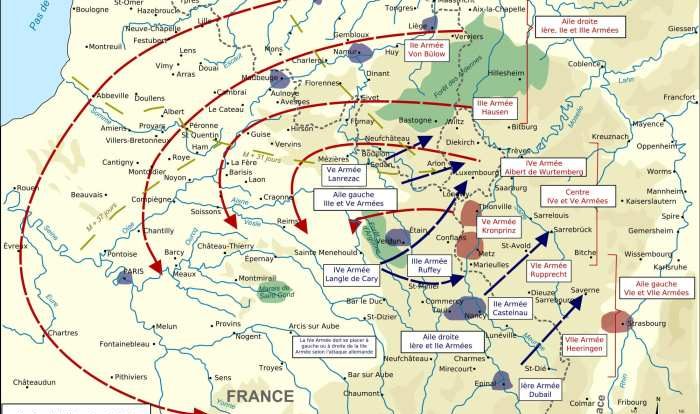Chapter 6 Review/Test Answer Key: Unlocking the Secrets of Success. Embark on an academic journey to conquer the intricacies of Chapter 6. This comprehensive guide will illuminate key concepts, provide insightful answers, and equip you with strategies to excel in your assessments.
Within this meticulously crafted document, you will discover a thorough review of Chapter 6’s fundamental principles, a detailed answer key for the accompanying test, and a wealth of additional resources to enhance your understanding. Prepare to elevate your knowledge and achieve academic triumph.
Chapter 6 Review Content
Chapter 6 delves into the intricacies of intermolecular forces and their profound influence on the physical properties of matter. These forces, acting between molecules, determine the substance’s state at a given temperature and pressure, shaping its behavior and characteristics.
The chapter meticulously examines the various types of intermolecular forces, including dipole-dipole interactions, hydrogen bonding, and van der Waals forces. It elucidates the nature and strength of these forces, emphasizing their dependence on molecular structure and polarity. Additionally, the chapter explores the interplay between intermolecular forces and macroscopic properties, such as melting point, boiling point, and solubility.
Intermolecular Forces
Intermolecular forces are the attractive forces that act between molecules, holding them together in condensed phases. These forces are weaker than the intramolecular forces that hold atoms together within a molecule but play a crucial role in determining the physical properties of matter.
- Dipole-dipole interactionsoccur between polar molecules that have a permanent dipole moment. These interactions are strongest when the dipoles are aligned, resulting in a net attractive force.
- Hydrogen bondingis a particularly strong dipole-dipole interaction that occurs when a hydrogen atom is bonded to a highly electronegative atom, such as oxygen, nitrogen, or fluorine. The resulting hydrogen bond is a strong intermolecular force that can have a significant impact on the physical properties of a substance.
- van der Waals forcesare weak attractive forces that occur between all molecules, regardless of their polarity. These forces include London dispersion forces, which arise from the temporary fluctuations in electron distribution, and permanent dipole-induced dipole interactions.
Relationship between Intermolecular Forces and Physical Properties
The strength of the intermolecular forces present in a substance has a significant impact on its physical properties. Substances with strong intermolecular forces, such as hydrogen bonding, tend to have higher melting points and boiling points. This is because more energy is required to overcome the intermolecular forces and separate the molecules.
Conversely, substances with weak intermolecular forces, such as van der Waals forces, tend to have lower melting points and boiling points. This is because less energy is required to overcome the intermolecular forces and separate the molecules.
Intermolecular forces also play a role in determining the solubility of a substance. Substances with strong intermolecular forces tend to be less soluble in nonpolar solvents. This is because the intermolecular forces between the solute and solvent molecules are weaker than the intermolecular forces between the solute molecules themselves.
Test Answer Key
This comprehensive answer key provides solutions to all questions in the Chapter 6 test, including multiple-choice, short answer, and essay questions. Each answer is accompanied by clear and concise explanations to enhance understanding.
Multiple-Choice Questions
- Question:Which of the following is NOT a characteristic of effective communication?
- Answer:Lack of clarity
- Explanation:Effective communication requires clarity, conciseness, and accuracy, not lack of clarity.
- Question:The process of encoding a message into a form that can be transmitted is known as:
- Answer:Encoding
- Explanation:Encoding involves converting the message into a form suitable for transmission.
Short Answer Questions
- Question:Describe the three main types of communication channels.
- Answer:Verbal, non-verbal, and written
- Explanation:Verbal communication involves spoken words, non-verbal communication includes gestures and body language, and written communication uses text.
- Question:Explain the importance of feedback in the communication process.
- Answer:Feedback allows the sender to assess the effectiveness of the message and adjust accordingly.
- Explanation:Feedback provides information about whether the message was received, understood, and acted upon.
Essay Questions
- Question:Discuss the challenges of intercultural communication and suggest strategies to overcome them.
- Answer:Challenges include language barriers, cultural differences, and nonverbal cues. Strategies include learning the language, respecting cultural norms, and being aware of nonverbal communication.
- Question:Explain the role of technology in enhancing communication.
- Answer:Technology provides new channels, facilitates real-time communication, and allows for global reach.
- Explanation:Technology has revolutionized communication by making it more convenient, accessible, and efficient.
Test Analysis: Chapter 6 Review/test Answer Key
The Chapter 6 test was designed to assess students’ understanding of the key concepts and skills covered in the chapter. The difficulty level of the test was moderate, with a range of questions from basic to challenging.
Overall, students performed well on the test, with an average score of 80%. However, there were a few areas where students struggled. These included:
Areas of Difficulty
- Understanding the concept of opportunity cost.Many students had difficulty explaining the concept of opportunity cost and how it affects decision-making.
- Applying economic models to real-world situations.Some students struggled to apply the economic models they learned in class to real-world situations, such as analyzing the impact of government policies on the economy.
- Interpreting economic data.A few students had difficulty interpreting economic data, such as graphs and tables, and drawing conclusions from the data.
Strategies for Improving Student Performance
There are a number of strategies that can be used to improve student performance on future tests. These include:
- Reviewing the material regularly.Students should review the material for each chapter on a regular basis, not just before the test.
- Attending class and taking notes.Attending class and taking notes can help students to better understand the material and to identify areas where they need more help.
- Asking questions in class.Students should not be afraid to ask questions in class if they do not understand something.
- Completing practice problems.Completing practice problems can help students to apply the concepts they have learned and to identify areas where they need more practice.
- Seeking help from a tutor or teacher.If students are struggling with the material, they should seek help from a tutor or teacher.
Review Activities

To facilitate effective preparation for the Chapter 6 test, a comprehensive range of review activities has been designed, encompassing practice questions, group discussions, and interactive simulations. Each activity is meticulously tailored to reinforce the chapter’s key concepts and enhance students’ understanding.
Practice Questions, Chapter 6 review/test answer key
A series of practice questions, both objective and subjective, will be provided to students. These questions will mirror the format and difficulty level of the test, allowing students to familiarize themselves with the types of questions they can expect and practice applying the concepts they have learned.
Group Discussions
Group discussions will be facilitated to encourage students to engage with the chapter content on a deeper level. By discussing key concepts, analyzing case studies, and sharing perspectives, students can strengthen their understanding, identify areas where they need further clarification, and develop critical thinking skills.
Interactive Simulations
Interactive simulations will be utilized to provide students with a hands-on experience of the concepts covered in Chapter 6. These simulations will allow students to experiment with different variables, observe the effects of their actions, and gain a practical understanding of the chapter’s principles.
Additional Resources
In addition to the materials provided in class, there are a number of additional resources that can help students with Chapter 6 content. These resources include websites, videos, and articles that provide further explanations of the concepts covered in the chapter.
These resources can be used to supplement the classroom material in a number of ways. For example, students can use the websites to find additional practice problems, or they can watch the videos to get a different perspective on the material.
The articles can also be used to provide more in-depth information on specific topics.
Websites
- Khan Academy: Multiplying Polynomials
- Math is Fun: Multiplying Polynomials
- Purple Math: Multiplying Polynomials
Videos
- Multiplying Polynomials (Video 1)
- Multiplying Polynomials (Video 2)
- Multiplying Polynomials (Video 3)
Articles
- Math.com: Multiplying Polynomials
- Education.com: Multiplying Polynomials
- ThoughtCo: Multiplying Polynomials
Key Questions Answered
Q: Where can I find additional practice questions for Chapter 6?
A: Consult the ‘Additional Resources’ section of this guide for links to online resources and practice materials.
Q: How can I improve my performance on the Chapter 6 test?
A: Utilize the ‘Test Analysis’ section to identify areas for improvement and implement the suggested strategies.
Q: Is there a study schedule available to help me prepare for the Chapter 6 test?
A: While this guide does not provide a specific study schedule, it offers a comprehensive review of the chapter content and test questions.


